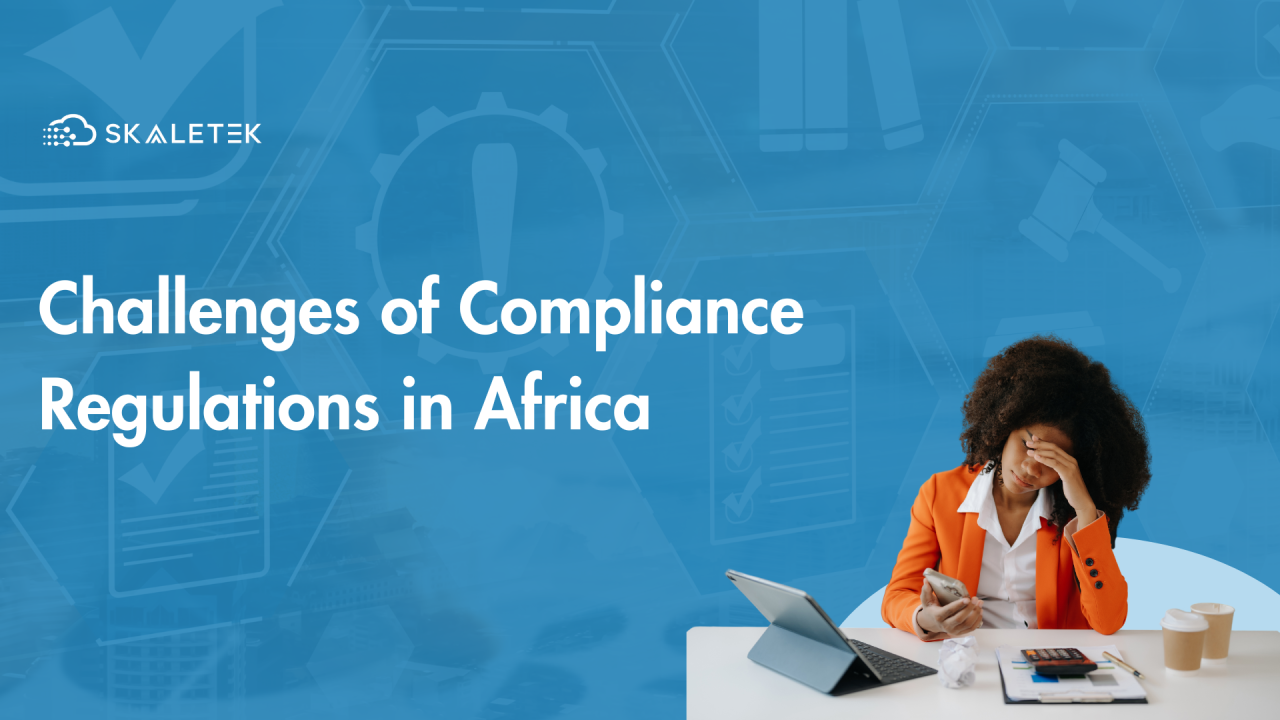How Automation Lowers Compliance Costs While Boosting Efficiency
December 5, 2024 | by whytecreatives@gmail.com

Compliance regulations, such as Know Your Customer (KYC) and Anti-Money Laundering (AML), are critical for maintaining trust and security in financial systems. However, meeting these obligations often comes at a steep price. According to Thomson Reuters, the average annual compliance cost for global banks exceeds $47 billion. For smaller businesses, this cost is equally daunting, with many struggling to keep pace with complex and evolving regulatory requirements.
The key challenge lies in the inefficiency of manual processes. From onboarding customers to monitoring transactions, traditional compliance practices are time-consuming, error-prone, and resource-intensive. For example:
- Manual document checks delay onboarding, frustrating customers, and creating bottlenecks.
- Inaccurate monitoring systems lead to costly fines, such as Westpac’s $1.3 billion AML breach in 2020.
- Compliance teams spend countless hours on repetitive tasks, diverting focus from higher-value activities.
So, how can businesses lower these costs while staying compliant? We will hint at automation.
The Solution: How Automation Drives Efficiency and Cuts Costs
Automation in compliance involves integrating advanced technology like artificial intelligence (AI), machine learning (ML), and real-time monitoring systems to streamline key compliance functions. Here’s how automation addresses the above challenges:
- Document Verification: Automated systems can process and validate documents in seconds. AI-powered Optical Character Recognition (OCR) scans high-resolution images of identity documents to extract and verify critical details like names, dates of birth, and document numbers. Revolut, a global financial platform, introduced automated KYC systems that allowed it to onboard over 100,000 users daily while reducing its compliance costs by over 20%.
- Biometric and Liveness Checks: Advanced facial recognition and liveness detection ensure users are physically present and verify their identities in real time. These technologies prevent fraud such as identity theft and deepfake attacks.
- Transaction Monitoring: Automation enables real-time tracking of transactions to identify suspicious activities, reducing the burden on compliance teams. Risk-based monitoring flags only high-priority cases, allowing human analysts to focus on complex scenarios. In the wake of multiple fines, Danske Bank upgraded its transaction monitoring to an AI-driven solution, cutting manual reviews by 40% and improving detection rates for potential money laundering activities.
- Sanctions and Watchlist Screening: Automated systems constantly update global sanctions and politically exposed persons (PEP) lists, ensuring businesses stay compliant with international regulations without manual effort.
Benefits of Automating Compliance
Adopting automation in compliance processes delivers clear benefits:
- Cost Reduction: Automated systems significantly reduce the need for large compliance teams, saving up to 40% in operational costs annually.
- Improved Accuracy: AI-powered tools eliminate human errors, reducing the risk of fines and penalties.
- Faster Processes: Automated workflows can verify identities and transactions in seconds, enhancing customer experiences.
- Scalability: Businesses can handle higher customer volumes without increasing compliance resources.
- Regulatory Confidence: Automation ensures that compliance processes remain up-to-date with global standards, preventing reputational damage.
Why This Matters Now
As businesses face increasing pressure to comply with evolving regulations, manual processes are no longer viable. Automation not only reduces costs but also allows businesses to stay agile and competitive in a rapidly changing environment. The Westpac case serves as a cautionary tale, showing the devastating impact of failing to modernize compliance systems.
By leveraging automation tools like Skaletek’s solutions, businesses can reduce costs, ensure compliance, and focus on growth.
Want to cut compliance costs while staying ahead of regulations? Explore Skaletek’s automated KYC and AML solutions today. Let us help you transform your compliance processes, saving you time, money, and resources.
RELATED POSTS
View all

